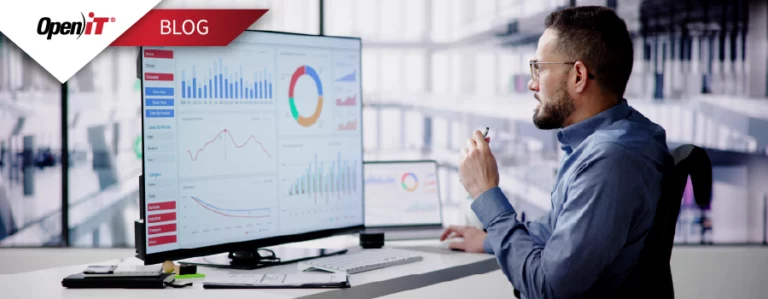For most software applications, such as ERP (Enterprise Resource Planning), compliance is the main driver for companies to implement a software asset management (SAM) program.
The risk of software audits and steep penalties are just too great to ignore and remain complacent.
For engineering and other technical software applications, however, the use of license managers has greatly reduced the risks of using more licenses than the company is entitled to use.
License managers already set the limits on how many licenses can be checked out at any given time.
And if the licenses are maxed out, the license manager simply denies the requests for more license checkouts.
However, as software vendors introduced many different types of licensing methods over the years, what used to be a straightforward way of controlling software licenses has become quite complicated. And compliance issues within the realm of engineering software management has taken different forms than that in SAM.
Entitlements and Limitations
Many companies that use engineering and other technical applications are global organizations with offices in several continents.
And since license servers can be remotely accessed from anywhere in the world, it would make sense for large global organizations to share expensive resources such as engineering software licenses.
Software vendors, however, often adjust their prices depending on specific regions.
For instance, they may put a higher price tag in EMEA than in APAC. And so, vendors often set limits on the locations where the software licenses can be used.
Moreover, local concurrent licenses are often much cheaper than global concurrent licenses. And there may be steep penalties for companies that try to share local licenses to global locations.
Named user licenses often allow software to be installed and used on a specified maximum number of devices/machines.
Thus, some users may be tempted to share their licenses with others regardless of whether the software agreement allows it or not.
Different licenses are often set to expire at different dates. And sometimes, users can still checkout the licenses even if those licenses are already past the renewal date.
Not all vendors are diligent in reminding their customers of these renewal dates, either, but they could still apply penalties for licenses used past the expiration if it is stipulated in the agreement.
These are just some of the ways that companies can be found non-compliant based on stipulations on their software license agreement with the vendors. Software agreements contain strict terms of usage rights and limitations for each type of license.
And since companies often have several software agreements with various vendors, it can be quite difficult to manually track the compliance on the entitlements and limitations set for each agreement.
A tool that has a Usage Rights Catalog based on the entitlements stipulated in the vendor agreements can help in tracking compliance.
A dashboard that monitors licenses in real time, which also indicates when specific licenses are about to expire, would also be very helpful in keeping the organization compliant to the vendor agreements. And so would email alerts on license expirations and other significant events.
Open iT® LicenseAnalyzer2020™ includes these features and more! Learn more about LicenseAnalyzer2020 and how Open iT can guide you through your engineering software management and optimization journey.






